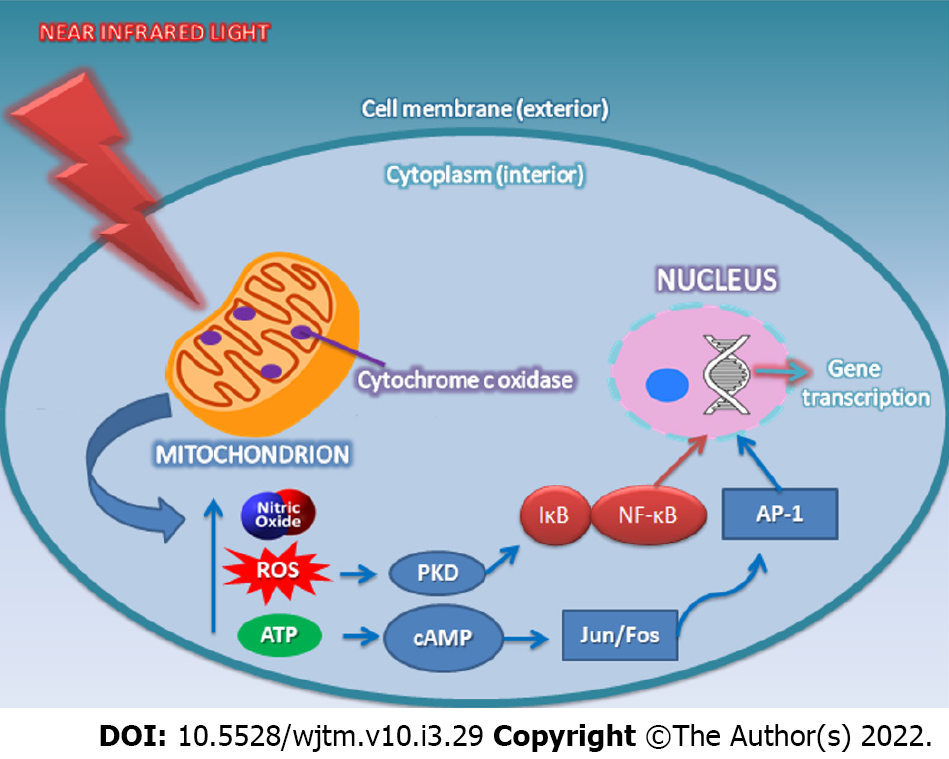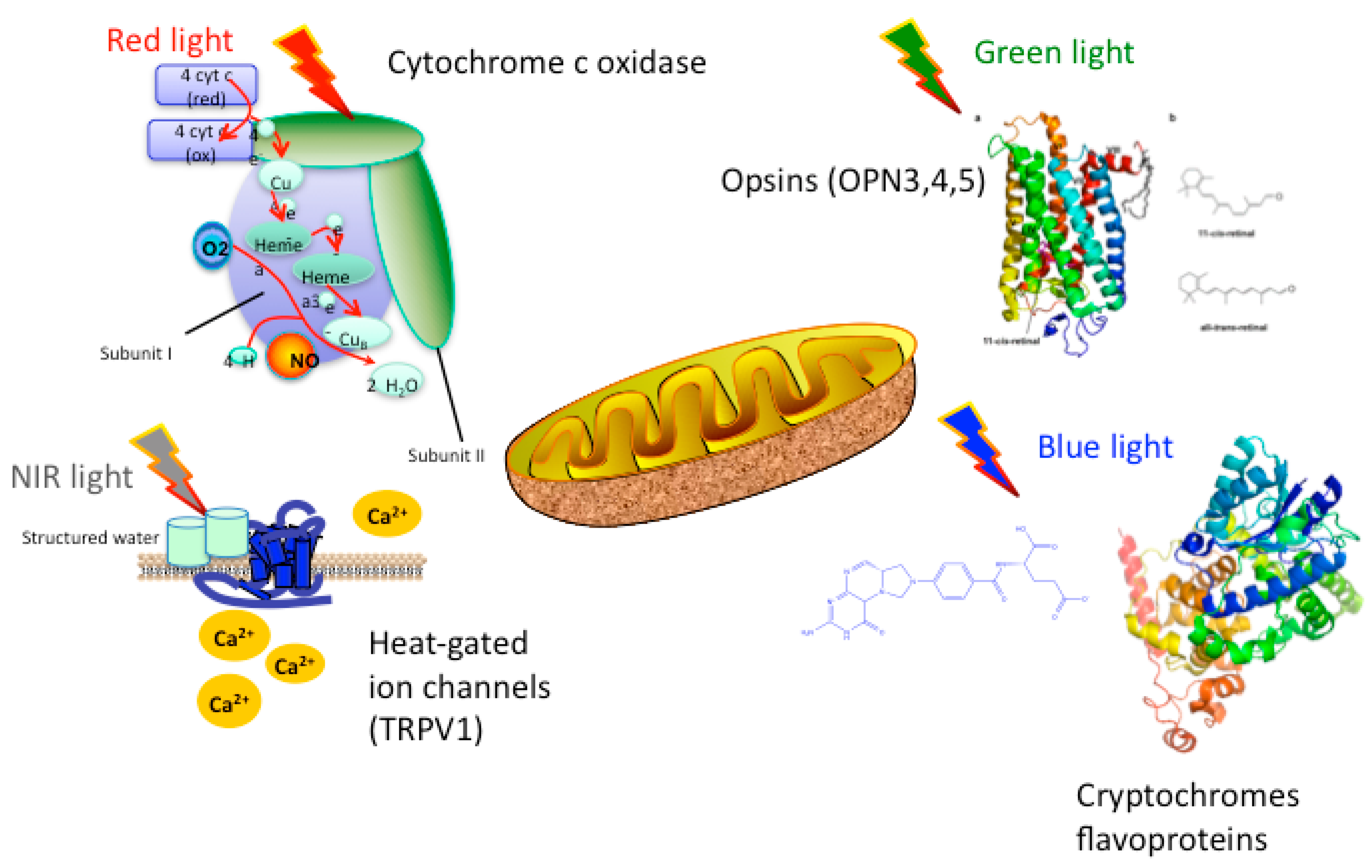About Photobiomodulation
Wiki Article
Photobiomodulation Things To Know Before You Get This
Table of ContentsFascination About Photobiomodulation10 Easy Facts About Photobiomodulation ExplainedIndicators on Photobiomodulation You Should KnowWhat Does Photobiomodulation Do?
Laser therapy is a clinical therapy that uses focused light to promote a procedure called. Throughout PBM, photons go into the cells and connect with the cytochrome c complex within mitochondria. This interaction sets off a biological waterfall of occasions that leads to a boost in cellular metabolism, which can along with accelerate the recovery procedure.There is agreement that the application of a healing dose of light to impaired or useless cells brings about a cellular action mediated by mitochondrial systems. Photobiomodulation. Researches have actually revealed that these adjustments can impact discomfort and swelling, along with, cells fixing
Changes in ATP, responsive oxygen varieties and nitric oxide follow light absorption by Cc, O. These impacts are redox state and dosage reliant. In hypoxic or otherwise worried cells it has been revealed sometimes that complying with, nitric oxide is launched, ATP is increased and oxidative stress and anxiety is decreased [27-31]

Our Photobiomodulation PDFs
PBM devices have actually been removed for advertising by FDA via the Premarket Notification/510( k) procedure as adjunctive gadgets for the temporary relief of pain. These clearances were based on the presentation of clinical information to support such claims (Photobiomodulation). In this therapy, a light is positioned near or touching the skin, allowing the light power (photons) to pass through cells where it engages with chromophores located in cells resulting in photophysical and photochemical adjustments that bring about changes at the molecular, cellular and cells levels of the bodyInterestingly, recent research study indicates that light can boost efficiency in normal tissues and cells. The possible applications of PBMT are numerous and are being checked out experimentally at the basic science, pre-clinical and professional level. The existing clinical usages are for the alleviation of discomfort and swelling and the treatment of sports injuries.

The treatment specifications and number of sessions needed for PBMT are dependent upon location and reason. PBMT usually needs even more than one treatment for optimum pain alleviation.
Indicators on Photobiomodulation You Need To Know
Therapy specifications for PBMT were originally established using cells in vitro and in small animal designs. These therapy specifications generally had a low irradiance and fluence and functioned well for cutaneous applications. Nonetheless when medical professionals started to utilize PBMT to deal with structures that lay deeper in the body, they used these specifications with negative outcomes.
We currently comprehend that these negative researches were due to incorrect gadget and therapy parameters for transcutaneous treatment of much deeper frameworks. Current developments in laser treatment devices and more research into the suitable dosages have actually substantially boosted the outcomes of PBMT. For dealing with deep tissues, the wavelength of light made use of establishes the deepness of infiltration right into a cells.
It is important that a medical professional utilizes the ideal wavelength of light and specifications to treat a problem. One wavelength and one set of therapy specifications will certainly not work for all problems. Negative side impacts have actually not been reported from the usage of PBMT check it out (Photobiomodulation). Updated check my reference June 27, 2016Juanita j
Light treatment is a non-invasive treatment that works by boosting the ability of the cell to produce energy (ATP) to heal the location being treated. Therefore, it can lower swelling, swelling, and discomfort in the area. Research in this area is increasing, with more thorough study documents connected below for those that would love to learn more.
All About Photobiomodulation
In the initial experiment, Dr. Endre Mester, used cut rats and observing exactly how the laser affected their capability to expand hair compared to the group that was not obtaining LLLT. He located that the team of computer mice getting LLLT had the ability to grow their hair back faster than the team of mice that didn't receive LLLT (Hoon C, et al; 2012).This treatment is termed this way to differentiate the distinction in between the lasers some careers utilize to cut (eg. Low-level light treatment is pain-free, non-invasive therapy.
LLLT has a biphasic action, meaning that lower dosages are usually attended be a lot more advantageous than higher doses. That being said, dosages greater or less than the optimum dosage does not affect (Hoon C, et alia; 2012). Therefore, it can be challenging to have studies on LLLT with many criteria.
Some business combined the 2 (LED and laser) to supply a more all-around treatment because lasers can pass through much deeper than LED and infrared light (Norman Doidge, The Brain's Method of Recovery, 2015). During treatment, the location that is being treated is subjected to LED light from a Biography, Flex Laser, which is at 660 nm wavelength, adhered to by infrared light at 830-840 nm wavelength.
Report this wiki page